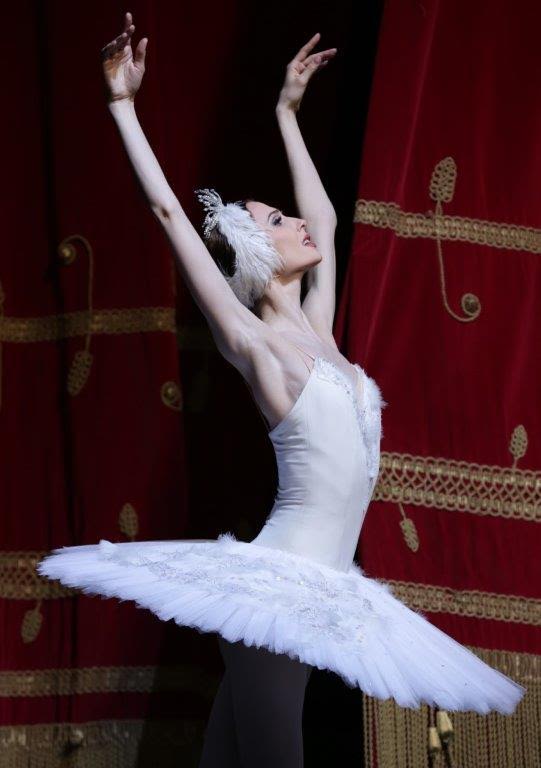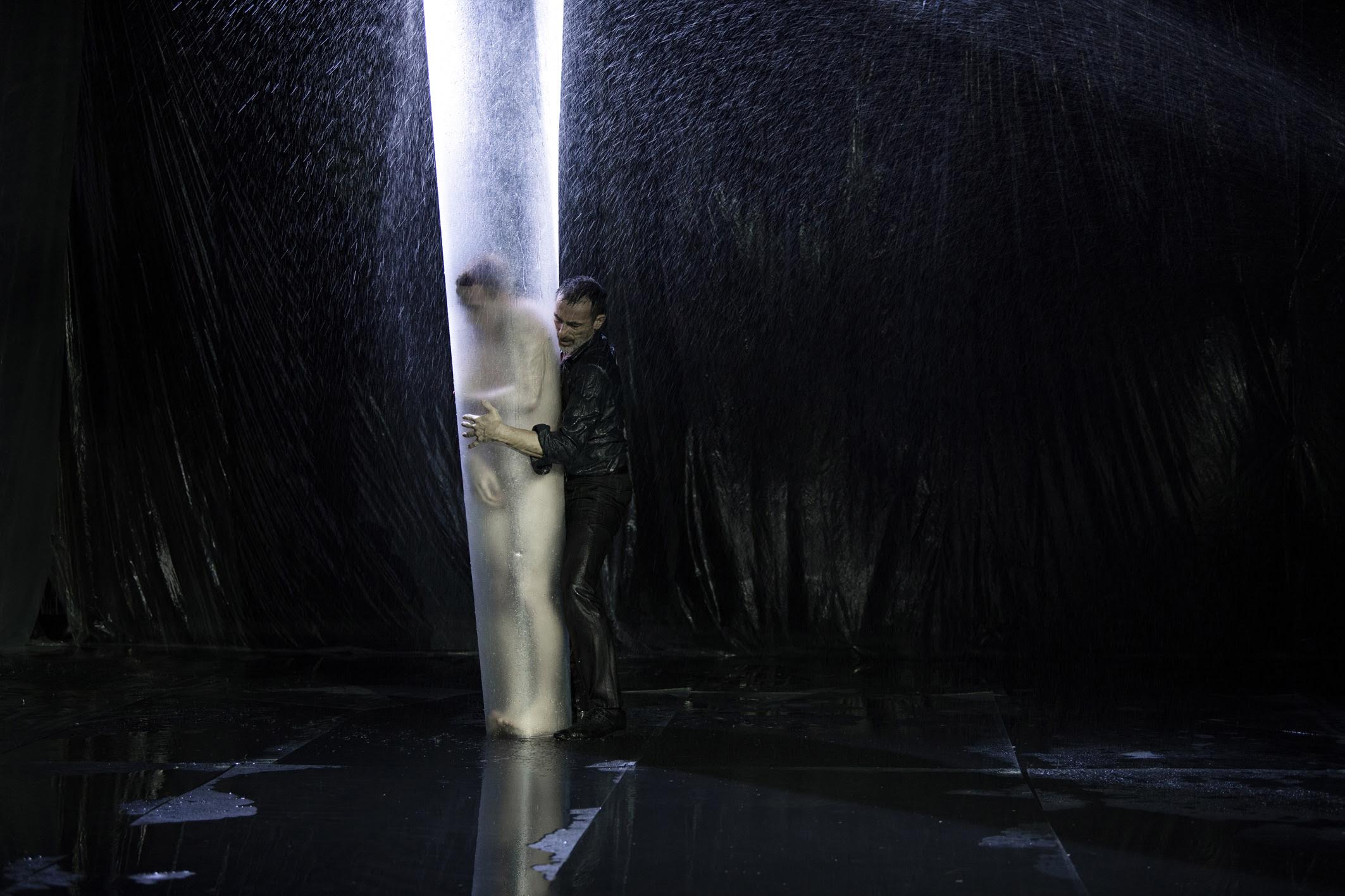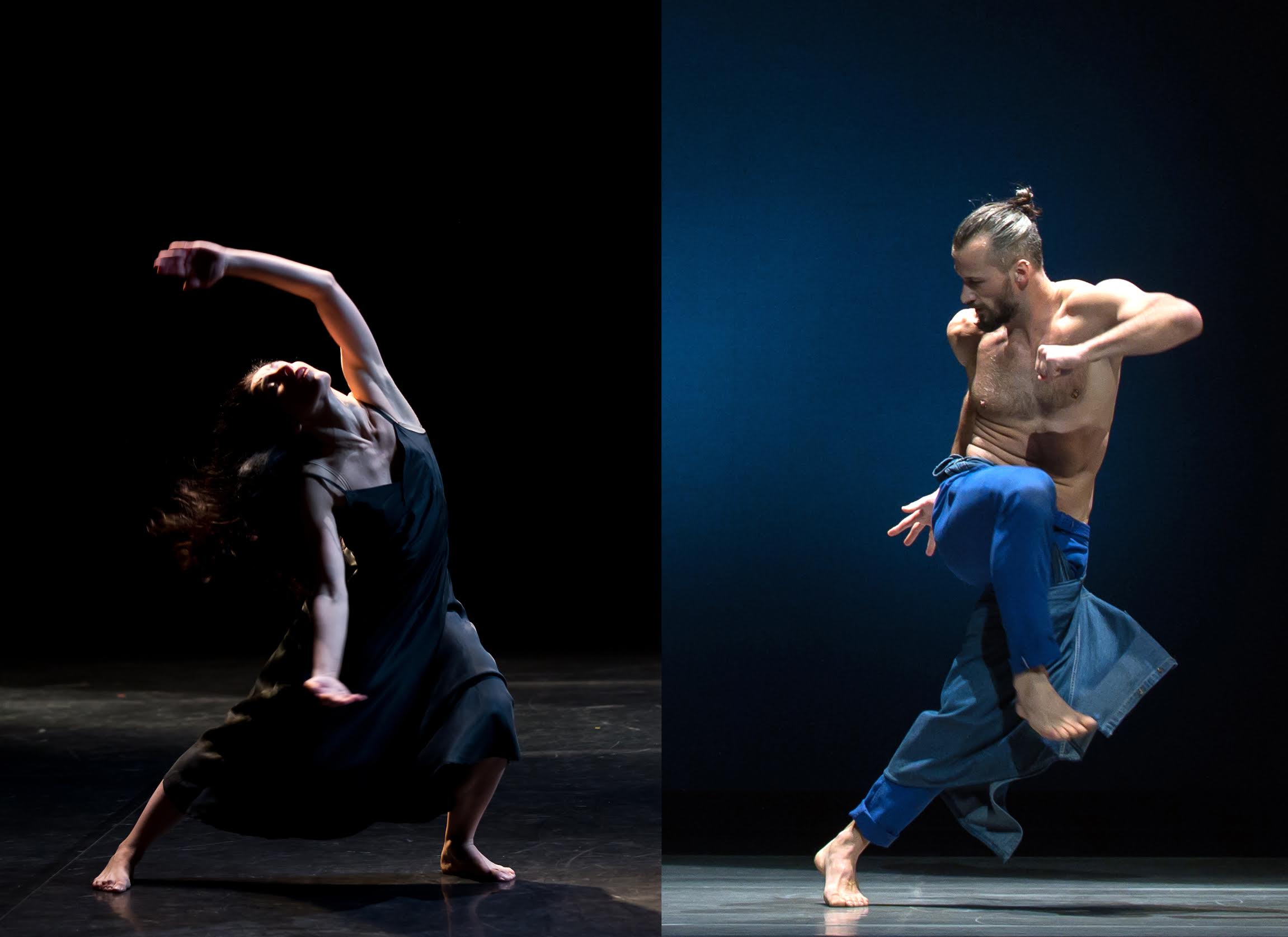Is New York truly the city that never sleeps? Is America the Mecca of spectacle and entertainment?

Perhaps, it once was. For some time now, I have been observing Italian billboards of the large cities promoting shows, and I have followed almost all the mostly multidisciplinary events and summer dance festivals. Then came a big surprise.
‘The Big Apple’ and the immense country that revolves around it are certainly not enjoying blissful nights of sleep, but rather hours on end of rather restless tossing and turning, devoid of that refreshing oxygen necessary for the health of the spirit and the psyche that only the performing arts can offer. Here in Italy everything flows, as abundantly as never before.
Looking at the Teatro alla Scala we see that in September and October alone, it has scheduled an Aida, and also a La Traviata in concert form, in all probability with costumes created by Dolce and Gabbana. Then there is a Dance Gala with such stars as Roberto Bolle, Svetlana Zakharova and Alessandra Ferri, who sent the public into ecstasy; they are awaiting her Giselle. The next opera scheduled is the historic restaging of Franco Zeffirelli’s La Bohème, complete with the original sets and costumes. There have been many symphonic concerts, and they will continue until November, along with special events marked by the presence of such giants as pianist Maurizio Pollini, the singers Anna Netrebko, Jonas Kaufmann and Placido Domingo and of course, Daniel Barenboim.

Does it matter to anyone on the European side of the ocean if the Metropolitan in New York, boasting 3,800 seats, will remain closed until September 2021, while the 700 seats in the stalls of La Scala, the ‘Piermarini’ not counting the boxes (for a total of 2,030 ), have been reserved, and for quite some time? It is sad to see American show business workers sitting idly as the industry suffers huge economic losses.
Italy is certainly not the country of miracles, quite the opposite. Yet, we are privileged to receive economic support for cultural activities from our government, though this has been reduced due to the Covid-19 crisis. In America, by contrast, assistance to artists arrives through diverse sources, local cultural activity structures and foundations. Our country is the heart of old Europe, going back to the Roman Empire. In moments of difficulty, it brings out the best of itself, paying more attention to its passions than to mega economic structures.
Our beloved Riccardo Chailly, musical director of La Scala, offered his services gratis to conduct the Verdi Requiem in Milan’s Cathedral at the beginning of September in honor of the victims of the coronavirus, repeating it in Bergamo and Brescia, two cities hit hard by this pandemic. La Scala’s new Managing Director, Dominique Meyer, worked intensively during the lockdown, using online connections with both artists of his theatre and of others. He is not abandoning public performances of La Scala concerts, ballets and operas whether given in reduced or modified presentations. He has also reopened the Museum Teatrale alla Scala, the most visited in Milan, with encounters and events, book presentations and yet another series of concerts, “The Musical Salon.” A new exhibition of Pier Luigi Pizzi, stage director and scenographer will open on November 5th, 2020.

Returning to the performances: one had to fight to get into Pollini’s piano recital. Still, Teatro alla Scala, like all Italian theaters in this period, was strewn with notices on the seats where a spectator could not sit; only family members could sit next to each other. No one ever enters without having their temperature taken by kind ushers, and no one even dreams of removing their mask during the performance on pain of immediate expulsion from the hall.
This is because the terrible virus, which has locked down every sort of theatrical event activity from March to June 2020, continues to circulate among us, and the number of cases recorded fluctuates up and down. However, there were and still are, measures to deal with the virus, and Italians, who are sometimes considered undisciplined and consequently are sometimes mocked by foreign politicians for it, are adhering to them with discipline and rigor.
England, until now, has shown no traces of theatrical activity. Italians obeyed an abundant number of ministerial decrees until the grip of the coronavirus was loosened, allowing for summer festivals and the reopening of schools, cinemas and the aforementioned museums in October. Like the Mart of Rovereto, which in September hosted the successful installation Over the Rainbow by the choreographer Matteo Levaggi, that was included in the 40th edition of the Festival ‘Oriente Occidente,’ gritting its teeth and not giving up on itself. The Festival has been universally applauded for the protest-laden and all-female Sonoma, by the head of the Spanish group La Veronal, Marcos Morau. Then we have an English tribute to Merce Cunningham and Hyenas-Forme of Contemporary Minotaurs of the Abbondanza / Bertoni Company, a story of mythological animals, presented as somewhat helpless and softened.
Here in Italy, between July and August – months usually reserved for dance only – no festival gave up its activities, making use of ‘contingent’ open spaces ever larger and more airy, obsolete, even theatrical places. We can mention here the multiform ‘Kilowatt Festival’, created in 2003 in Sansepolcro, a town known for being the birthplace of the great painter Piero della Francesca. This year, they were presenting an auspicious title, “Journey to The End of Night.” The historic Romagna festival of Santarcangelo has chosen to involve inhabitants, technicians, volunteers, aiming to underline gender and racial discrimination, as well as the difficult conditions in which many non-commercial Italian artists find themselves.
Among other cities remaining active for weekend performances, we have the Trentino town of Dro promoting its long-running ‘Drodesera’ dedicated to research, and then the “Centrale di Fies” celebrated itself with ‘Hyperlocal – life and onlife’, calling on some of its chosen artists such as Michele Di Stefano, Chiara Bersani, Alessandro Sciarroni, Jacopo Jenna and Marco D’Agostin.

In August, those who had on June 1st started this theatrical chess game against the terrible virus, were waiting for the go-ahead on June 15th to enter Phase I of the recovery in order to give life to the first live night show in Italy. At the Teatro Sperimentale in Pesaro, with 100 well-distanced spectators out of a possible 500, a single performer took to the stage; it was Ascanio Clestini, the famous actor-storyteller carrying out one of his venerated performances. Amat, the cultural circuit of the Marche Region, has prepared for its ‘Civitanova Danza’ summer festival ‘Quartet in pink’: four shows by four very different female choreographers who are now staging their pieces everywhere. The gamut continues, ranging from Silvia Gribaudi to Claudia Castellucci, the imminent recipient of the ‘Silver Lion’ at the Biennale Danza 2020; from Carolyn Carlson to Monica Casadei with the Fellini like I Bislacchi, a dance piece that has been rolling on with inexhaustible joviality since 1997.

Two aspects still need to be emphasized. The first is of political inspiration: the non-party influence of these summer showcases, well aware of the difficulties faced above all by small and medium-sized theatrical and dance companies, waiting to understand how the funds of the ‘Recovery Fund’ will be distributed, and what role culture will play in the Phase II recovery. In other words, according to many show business workers, festivals in themselves are not enough, even if up to now they have been able to create events involving great international artists such as the Greek Dimitris Papaioannou, with his dreamy Ink battered by a torrential rain (appearing at ‘TorinoDanza’, and then on to the ‘Aperto Festival of Reggio Emilia’). A confirmation has arrived from the German choreographer Sasha Waltz,, who inaugurated the mammoth “Romaeuropa Festival” with Dialogue / Roma 2020-Terra Sacra (377 artists from 27 countries, 126 events staged in 20 spaces of the Capital between dance, theater, music and digital arts and kids) among many Italian guest artists until the end of November.

The second aspect regards the originality of the choices. In mid-July, ‘BolzanoDanza’, entitled ‘Eden-Dance for a spectator’ for the occasion, offered a ‘face to face’ between the stage and the audience in the South Tyrolean Municipal Theater. Thanks to Eden of Carolyn with two famous Carlson performers, to Eden According to Michele (with the aforementioned Di Stefano) with six performers, and finally to Eden selon Rachid, another duet for Rachid Ouramdane, a French choreographer of Algerian origins. With their fragments of choreography, lasting a maximum of 10 minutes each, the Festival ran thirty performances a day (from 11 a.m. to 10.30 p.m.) for a single spectator in rotation. All was for free, and all was welcomed with festive success and wonder. It is impressive to be in a huge empty theater, face to face with dancers who move and express themselves just for you.
Original in its brevity (only three days at the end of August) ‘Vertical Horizons’ was shown in the magnificent village of San Gimignano, ‘the Town of A Thousand Towers’ (to be precise, there were 72 in the Middle Ages, while today there remain 14). The event was subtitled ‘Paper Trails’, but also ‘I happily forgot everything’, in homage to Literature and the Theater. However, with the dance performance Bianchisentieri by Patrizia De Bari, now in demand everywhere, she hit the mark. A magnificent dancer moves around in a dress made of rolls of written or untouched paper; she would look good on a stroll down New York’s 5th Avenue or through the Grand Canyon.












